OMI: Open Material Infrastructure
Intallation/performance about the re-use of building materials and concept/design of a platform for skip-divers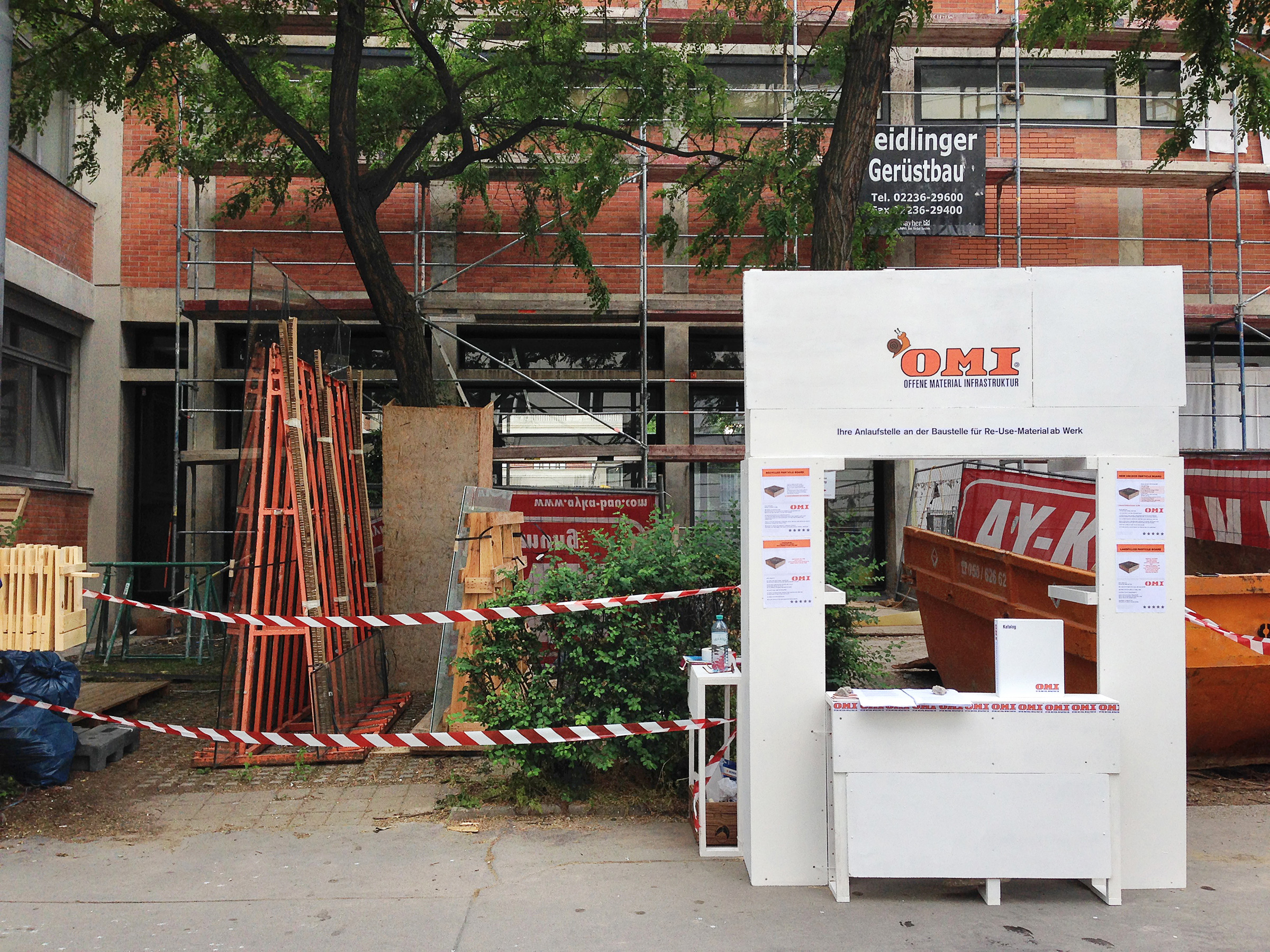 ↑ Public intervention: OMI Kiosk at a construction site mediating materials to passersby
↑ Public intervention: OMI Kiosk at a construction site mediating materials to passersbyOMI – Open Material Infrastructure is an extended and applied investigation into the world of construction waste and its potentials for Re-use and Urban Mining.
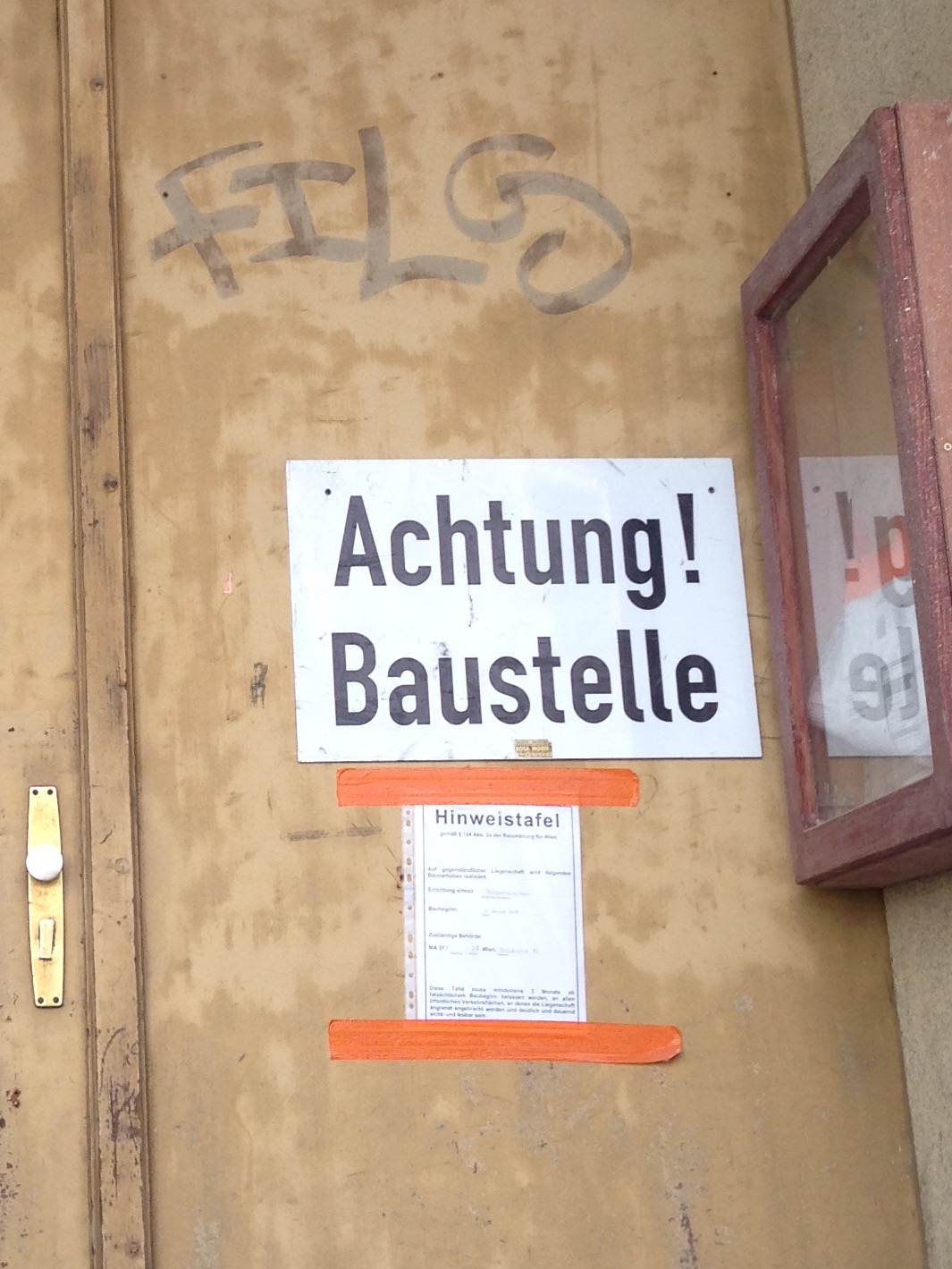
Construction skips are the most visible interface between construction sites and the surrounding urban space, serving as a perfect metaphor for the industry‘s material-diarrhoea.



Thereby skips are often the endpoint of neglected and surplus construction material that could still be re-used, but instead gets down-cycled to secondary material, thermally exploited in heat-plants or recycled in metal products.
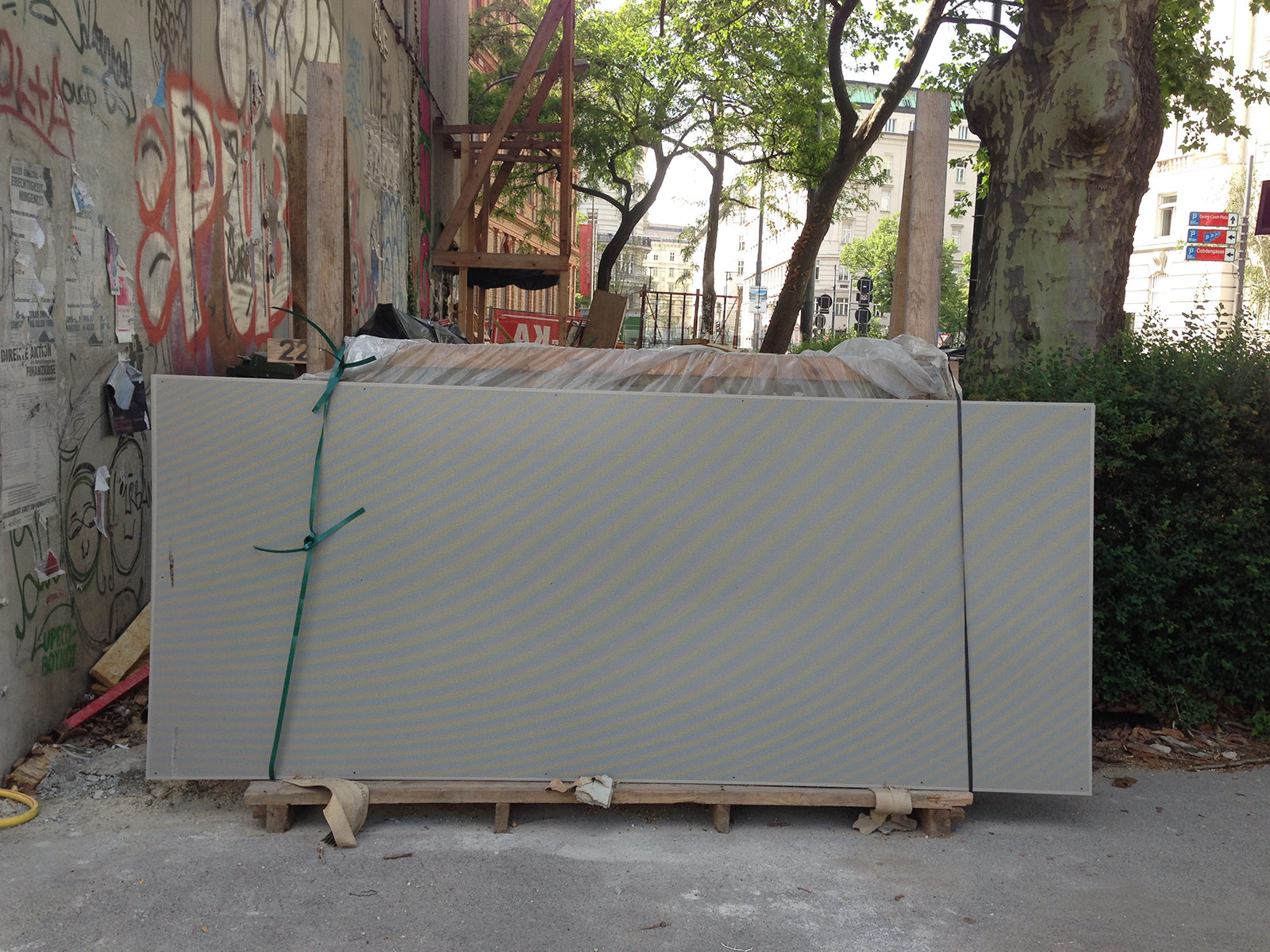


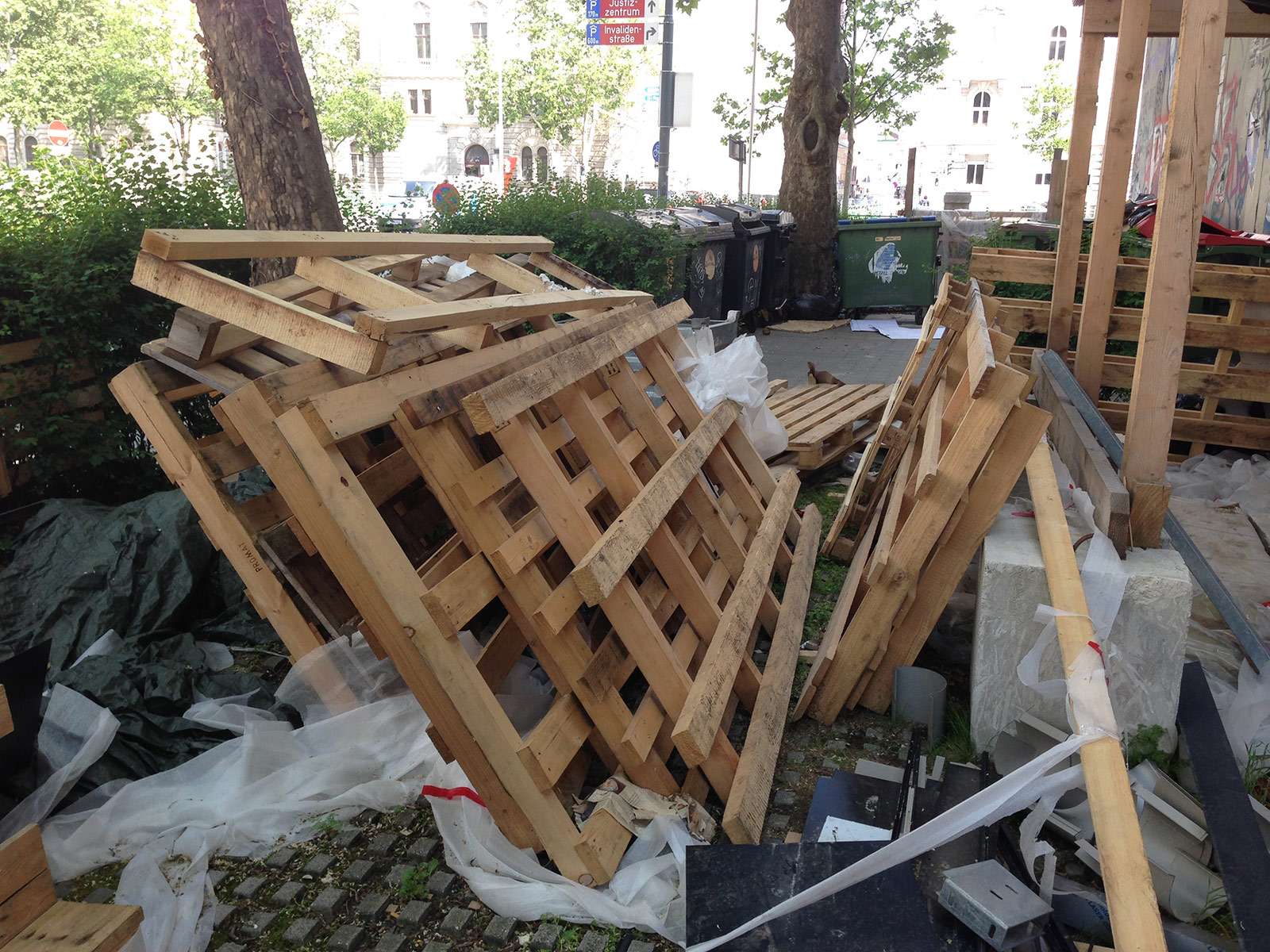
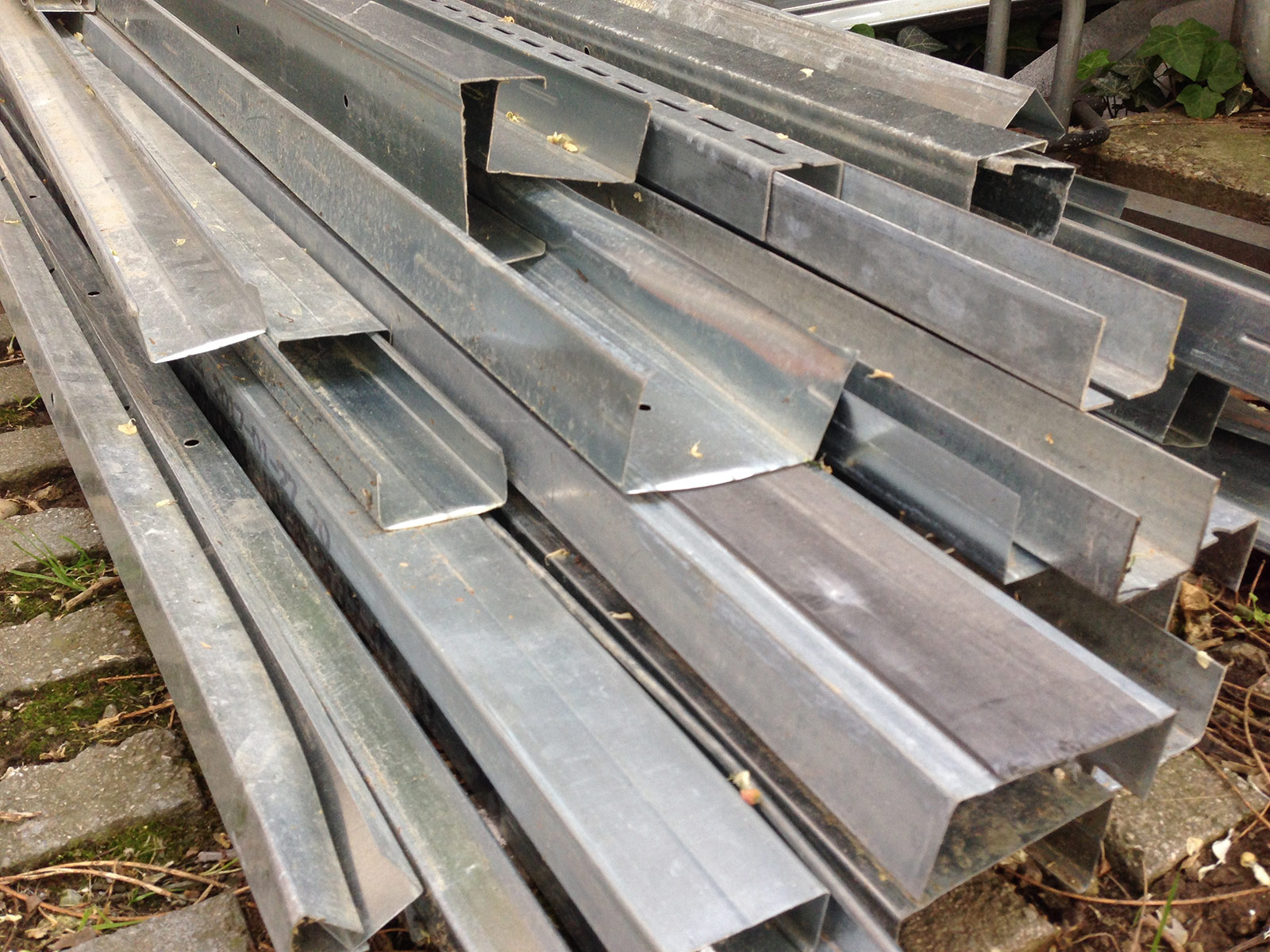

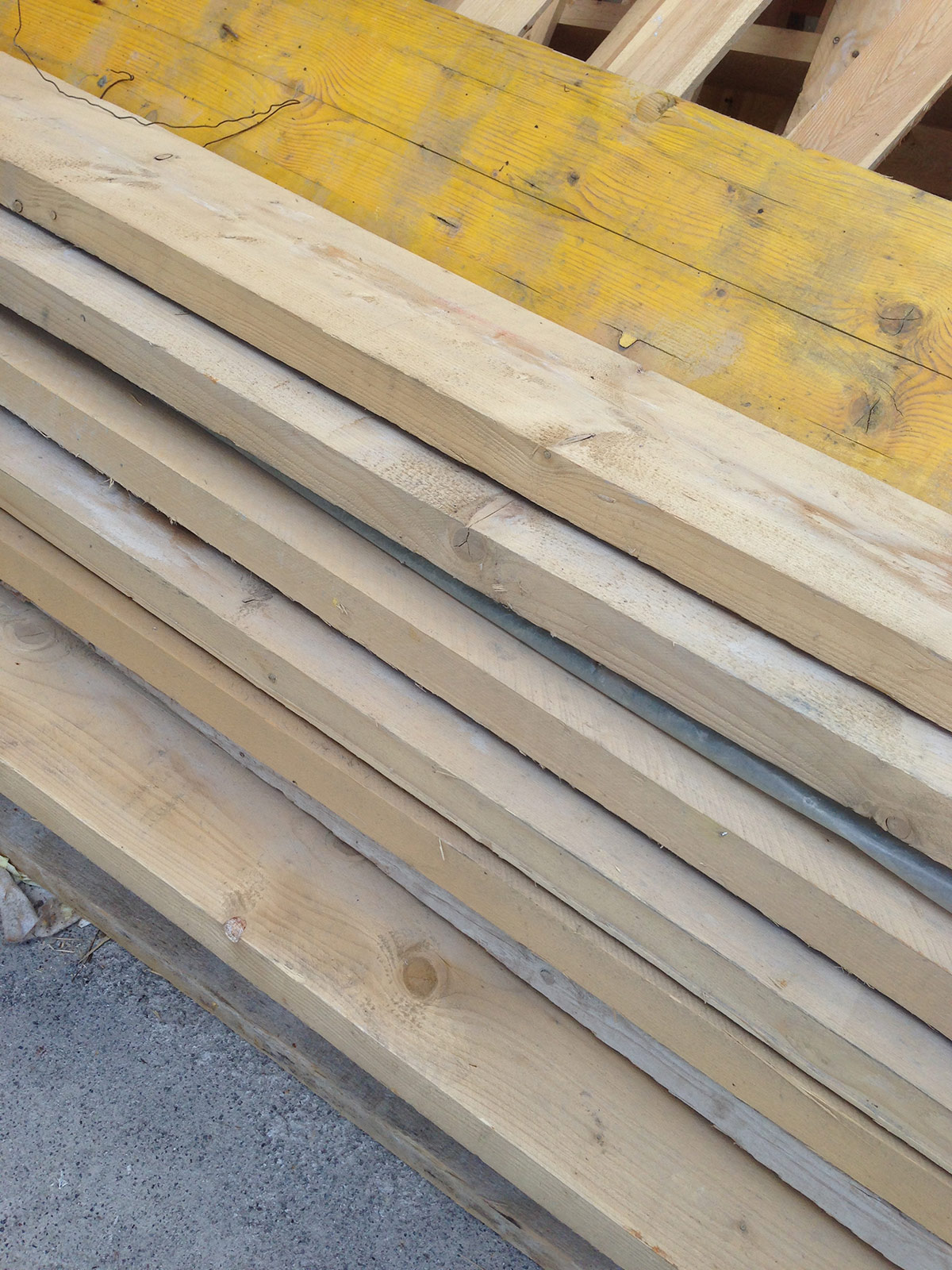

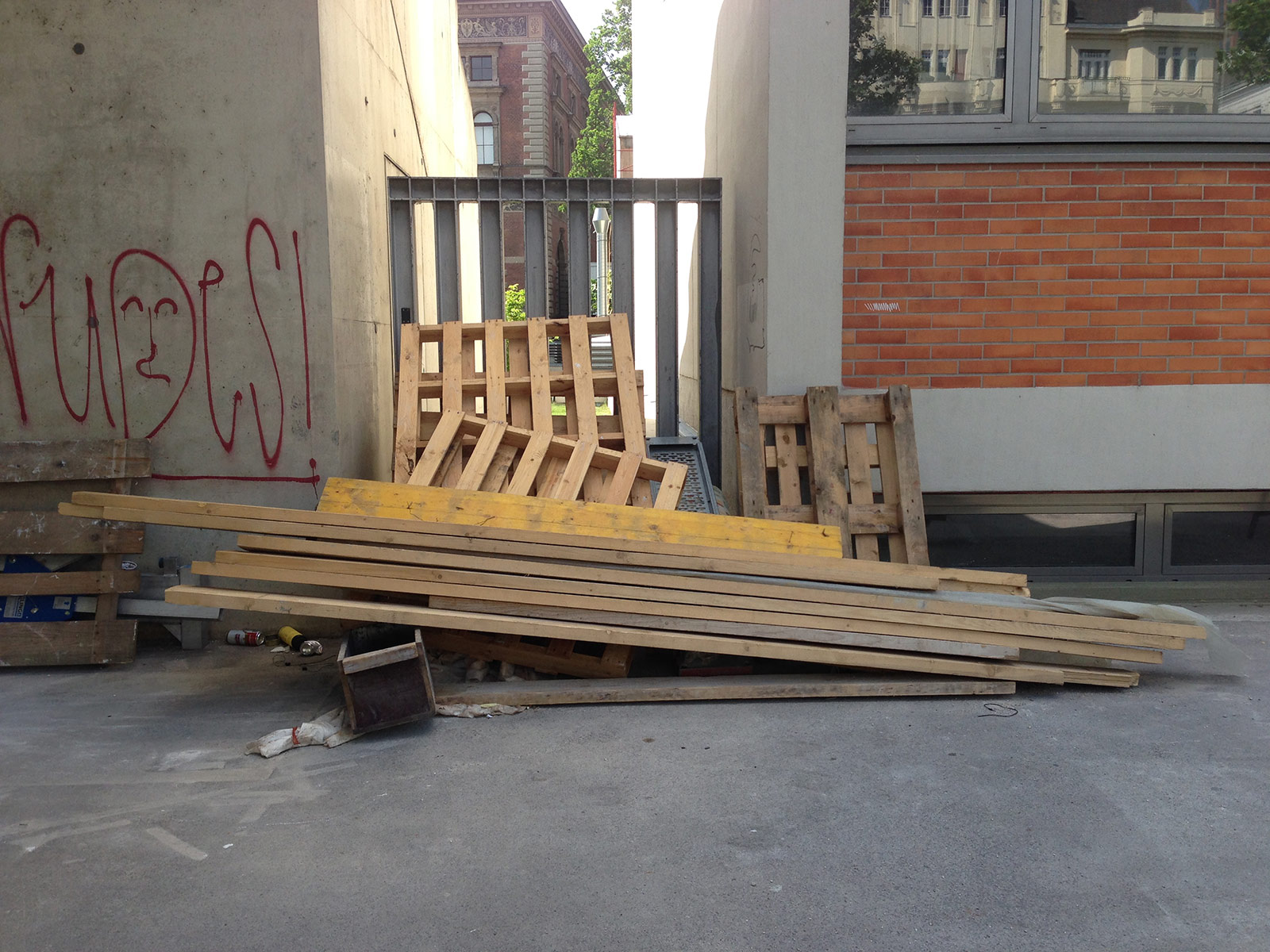
However practitioners of Re-use and Urban Mining already exist. The best example are skip-divers – individuals collecting and using materials found in construction skips.


Inspired by the practice of skip-diving and as a result of the conducted research OMI proposes a twofold approach:
Firstly OMI creates an online platform for the community of local skip-divers.
Secondly OMI proposes an open online tool called OMI skip finder, a community-generated map to locate current construction skips and make them thereby easier accessible as sources of re-usable materials.
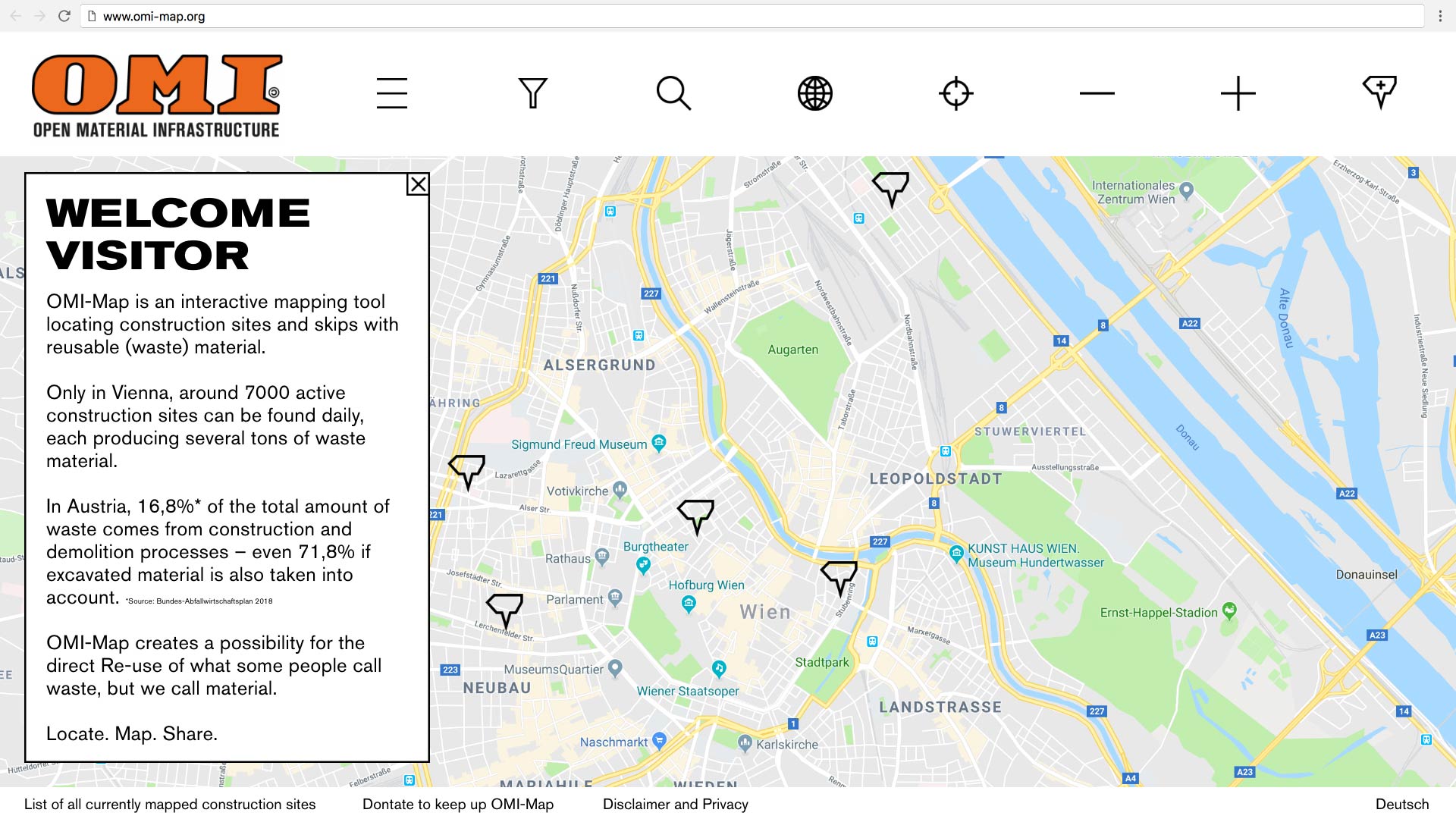


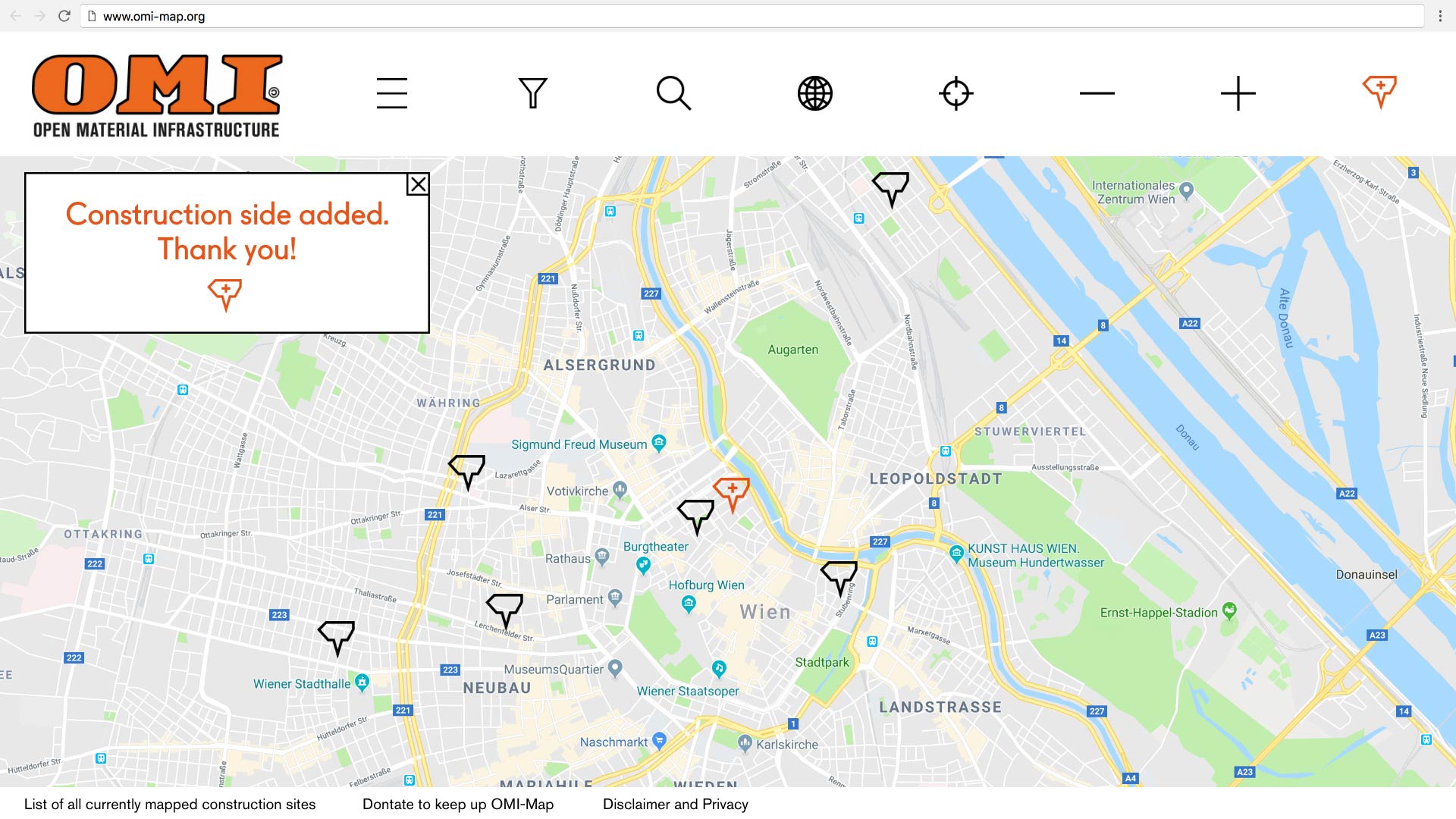
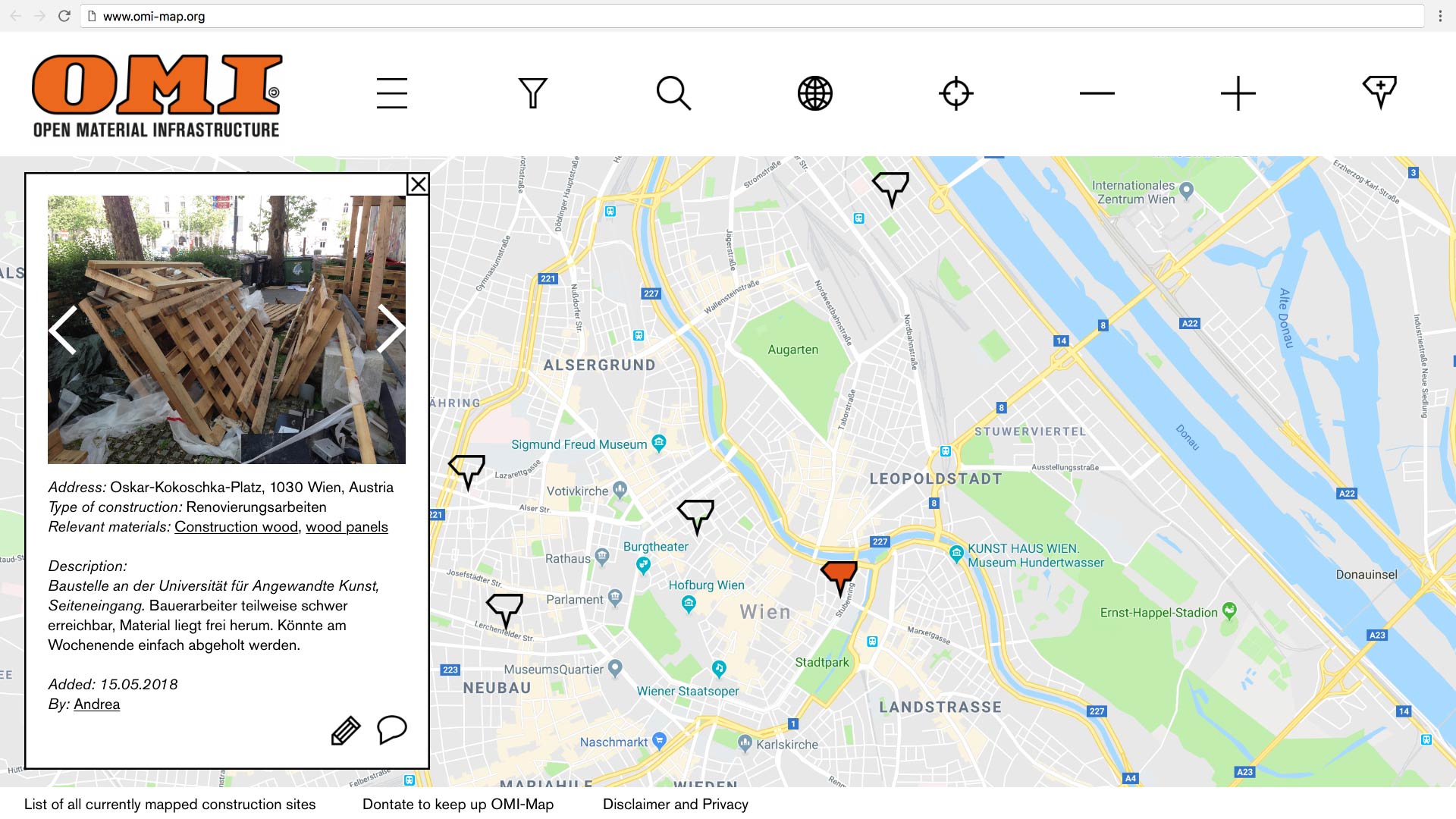

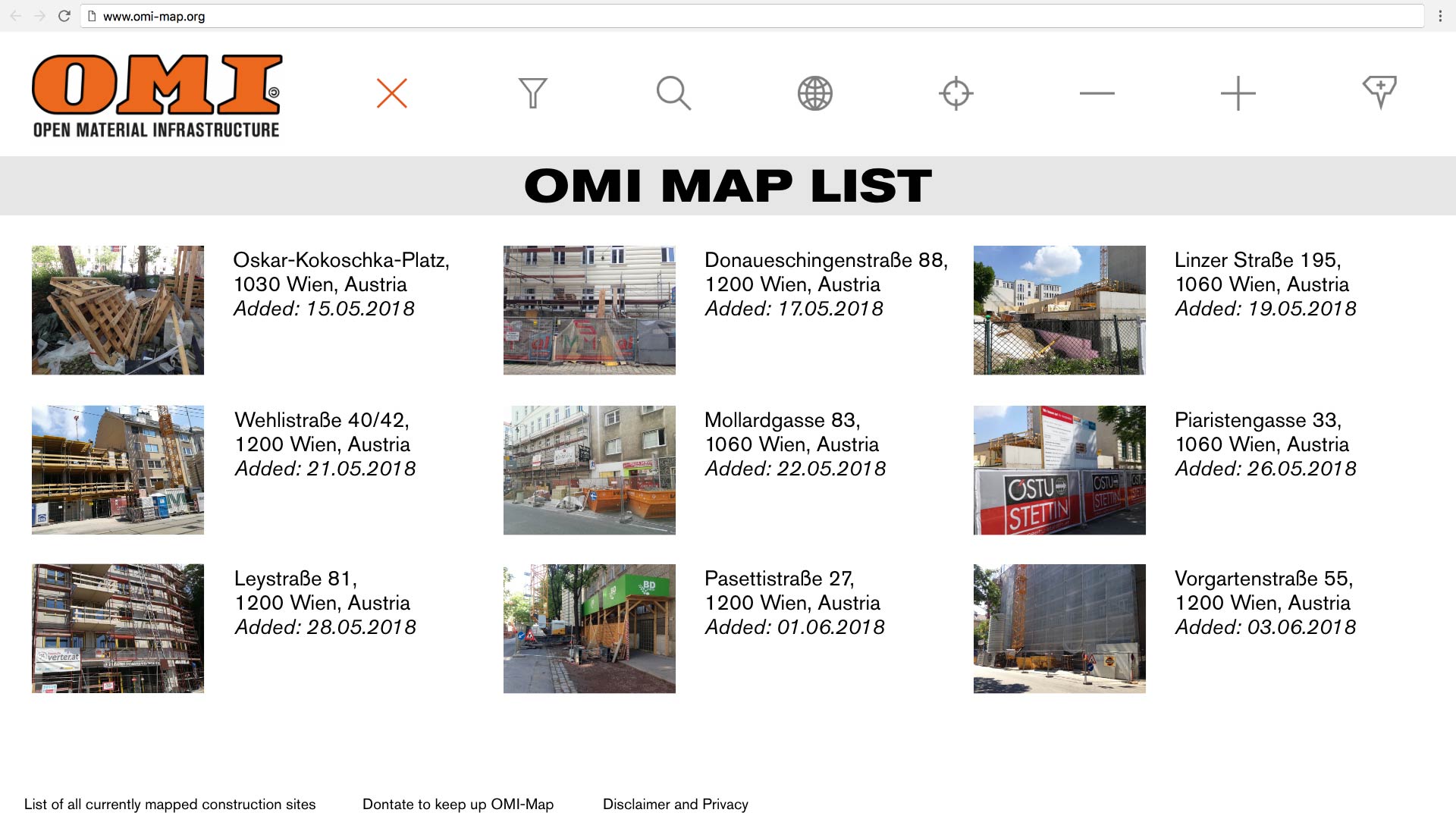

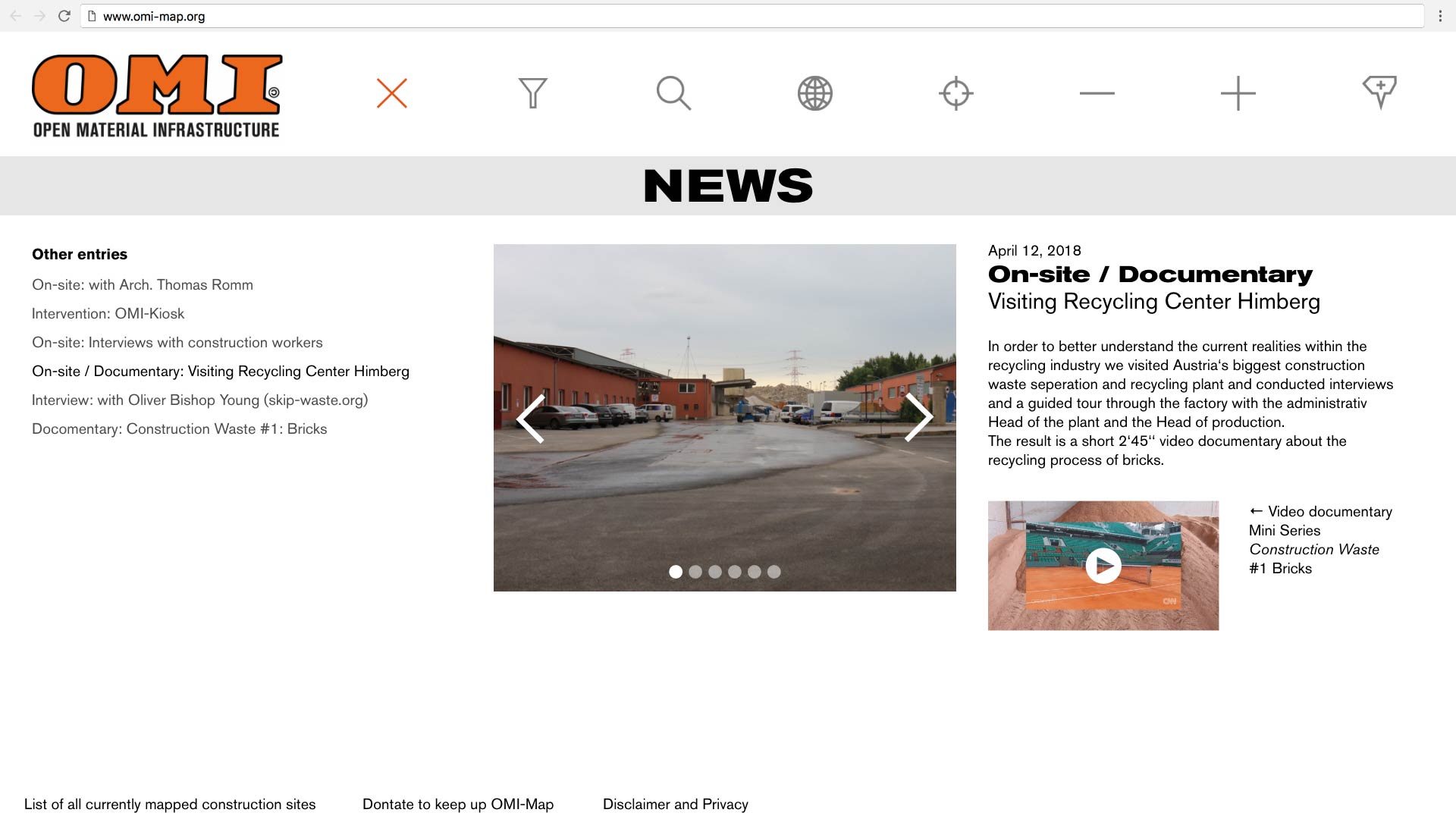

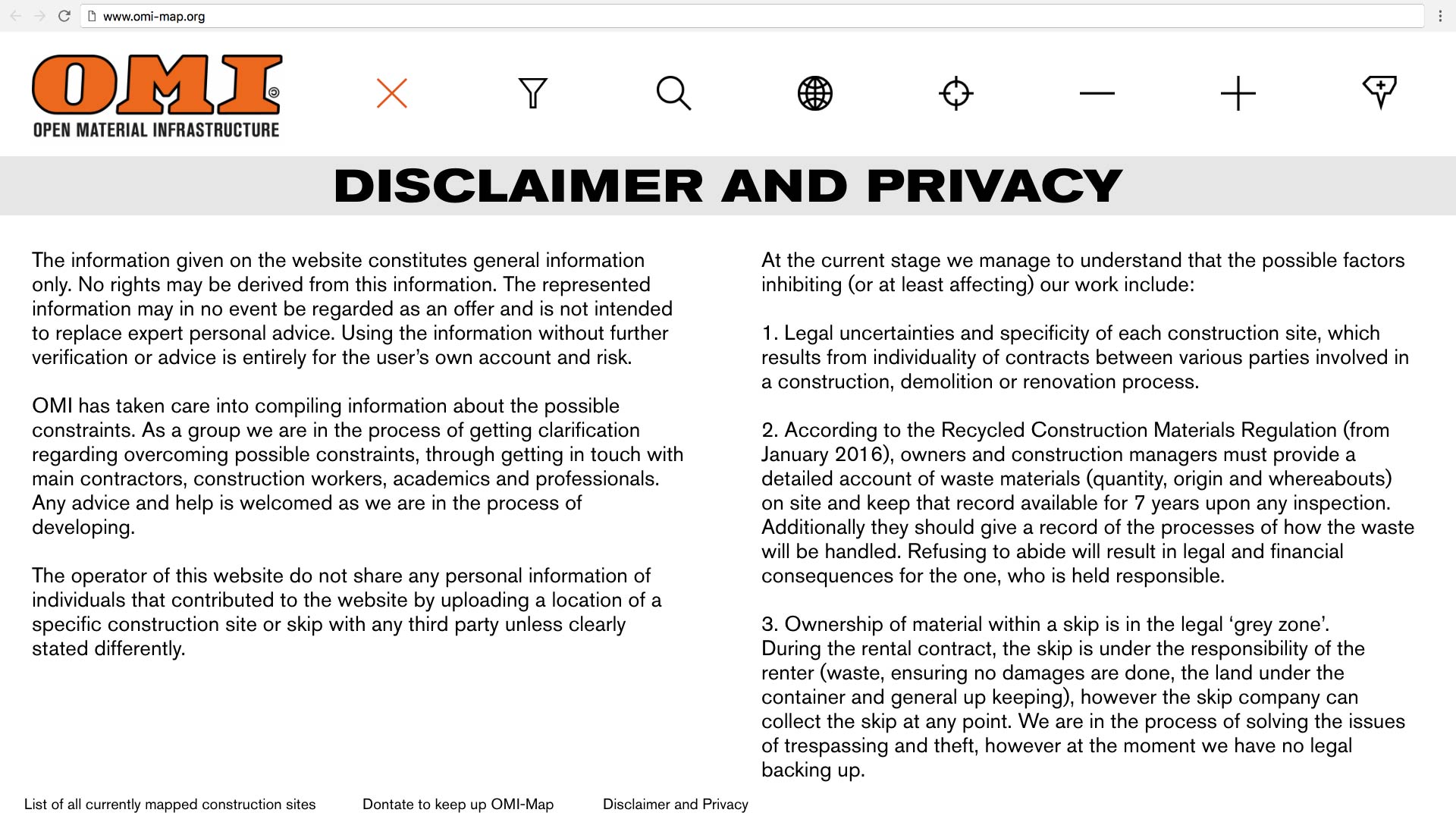
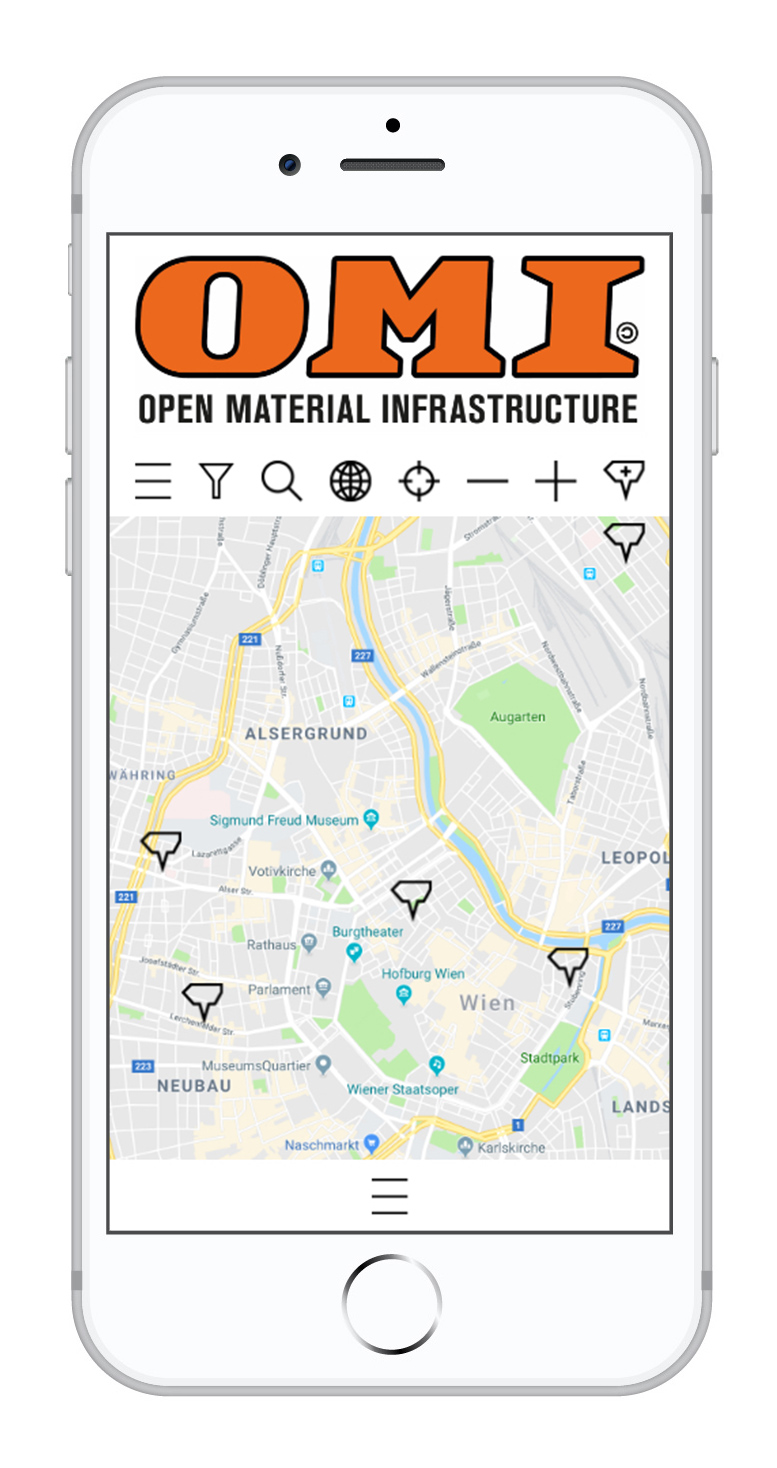
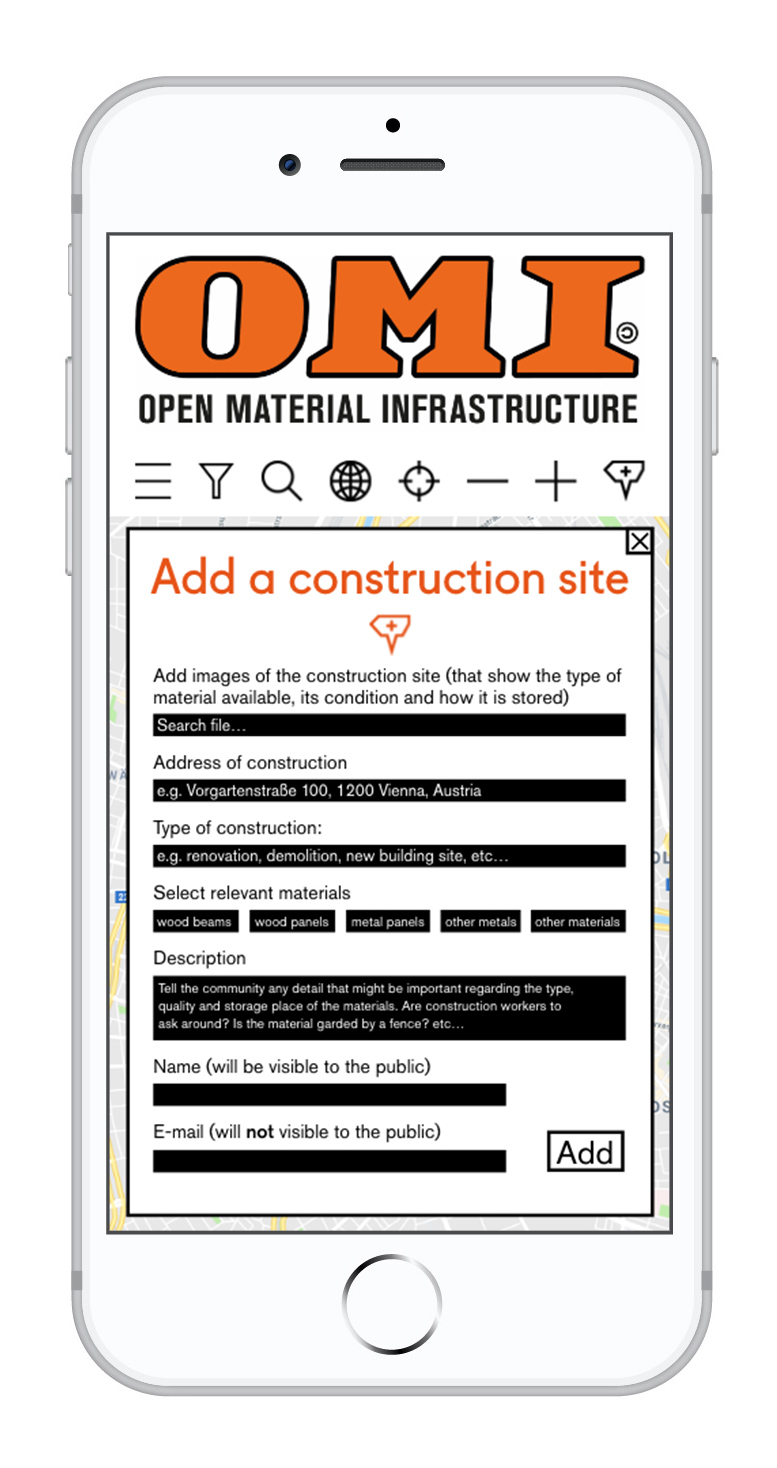

↑ OMI-map mobile version
Developed at the Master program in Social Design
at the University of Applied Arts Vienna
Collaborators: Zuzanna Zajac, David Grüner
External support: Arch. Thomas Romm